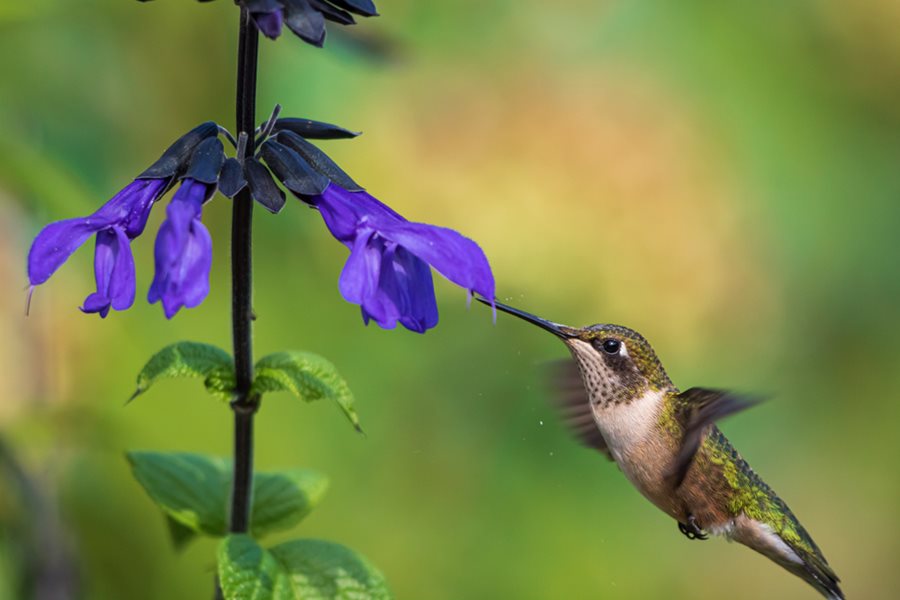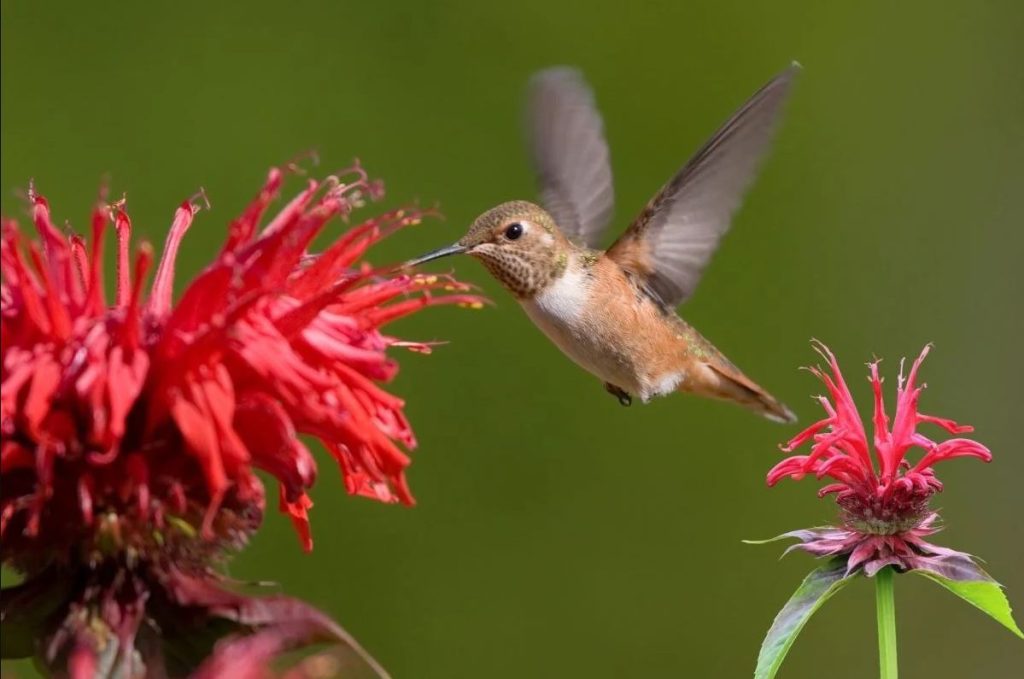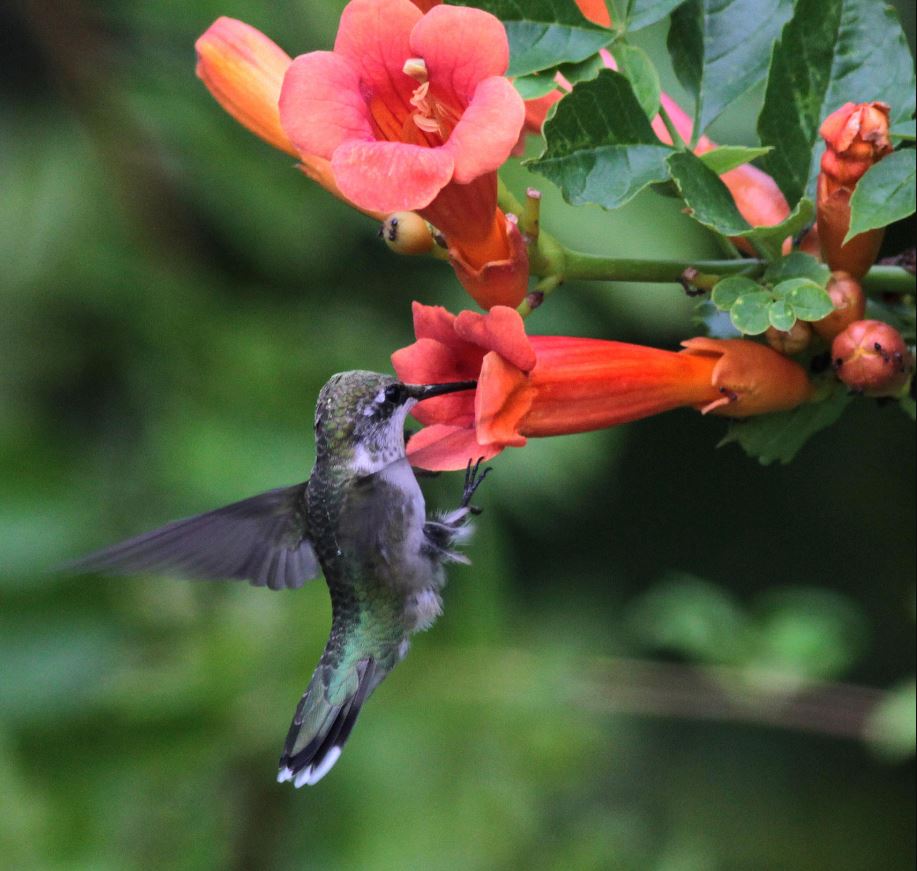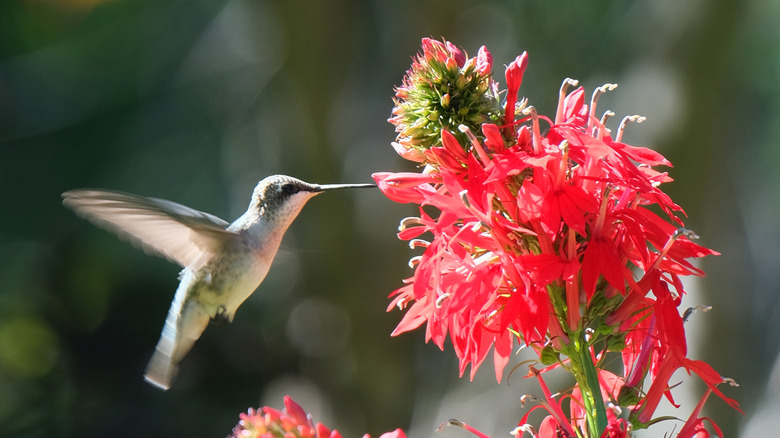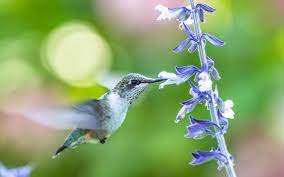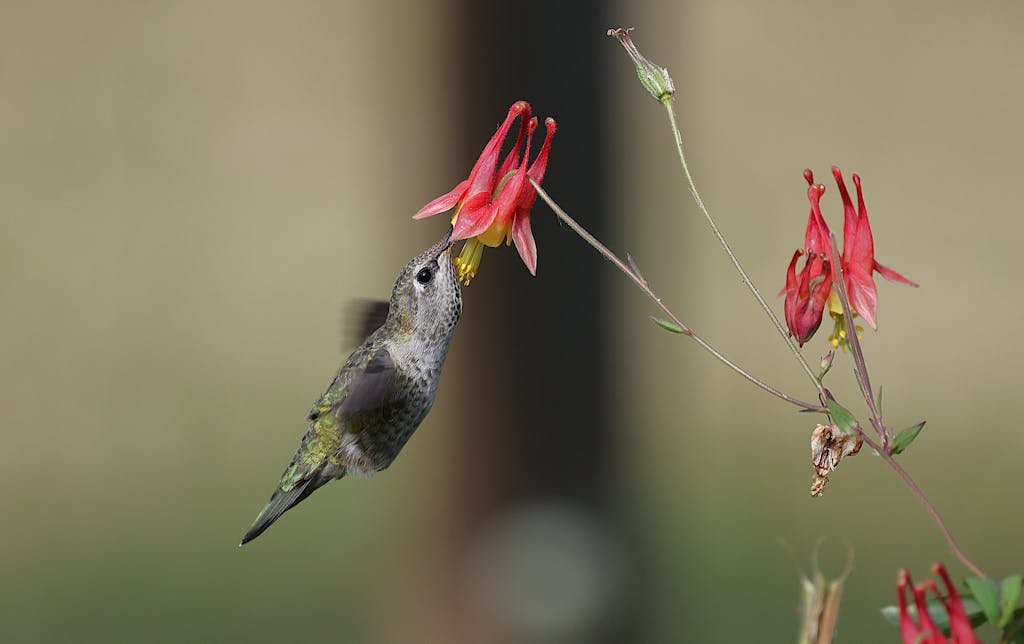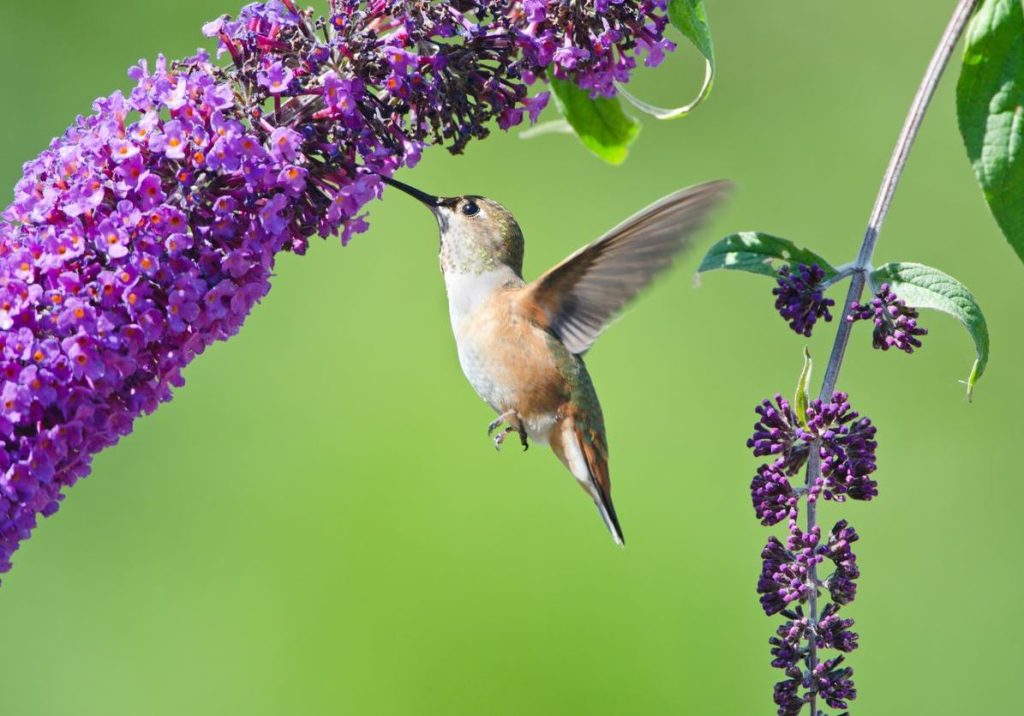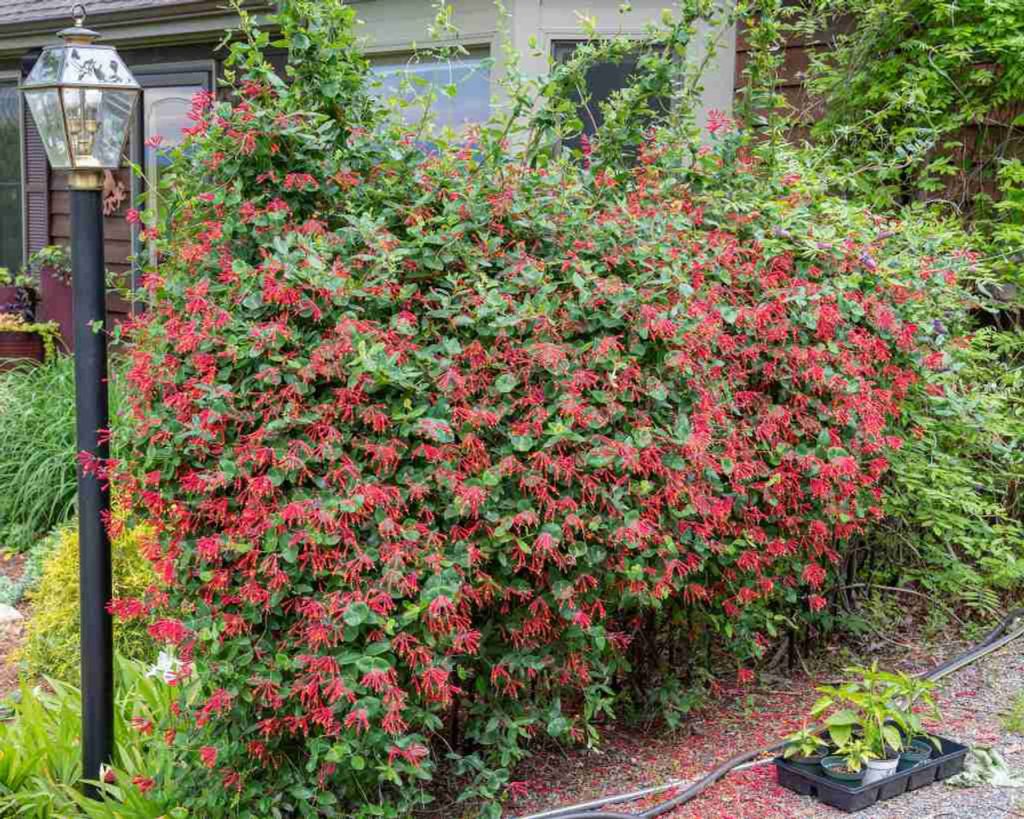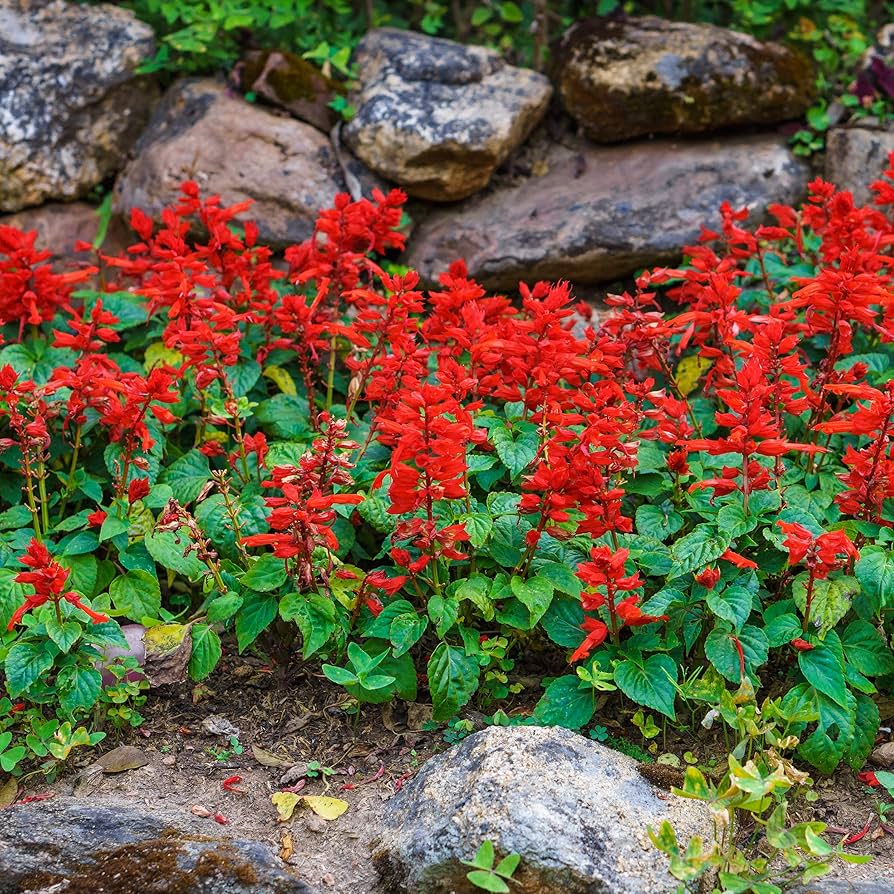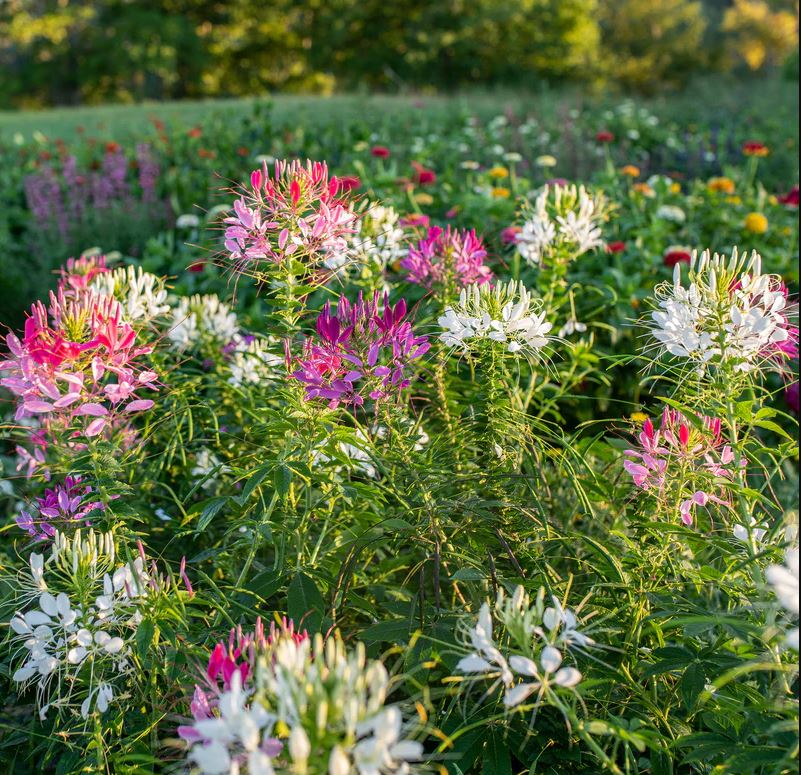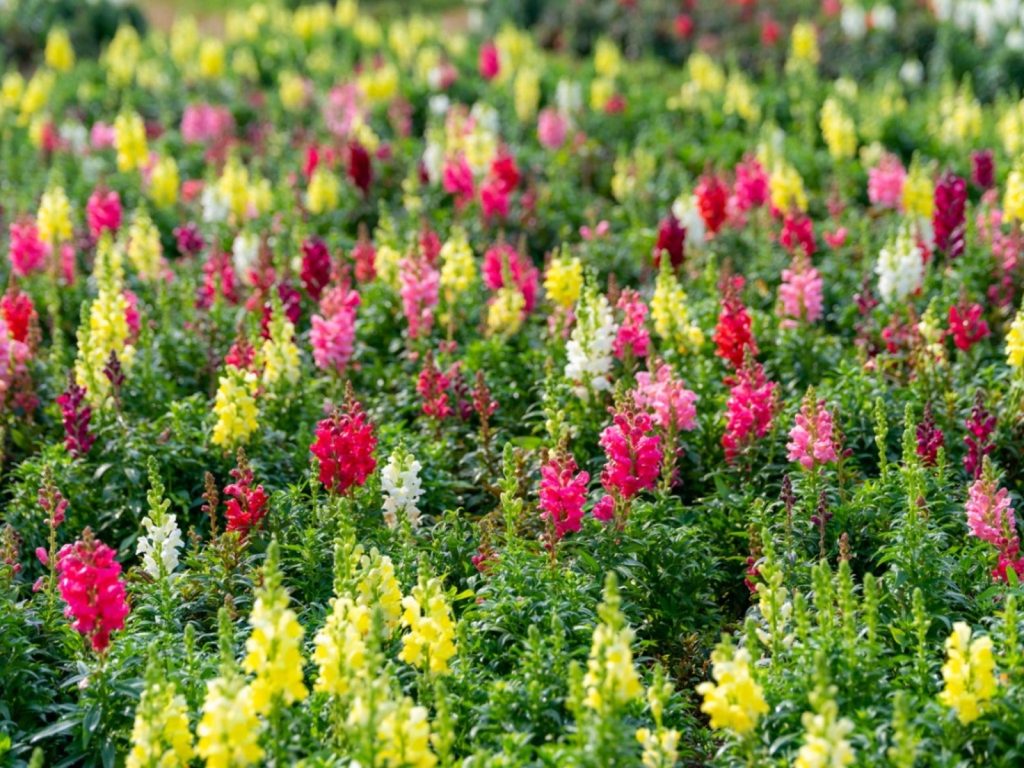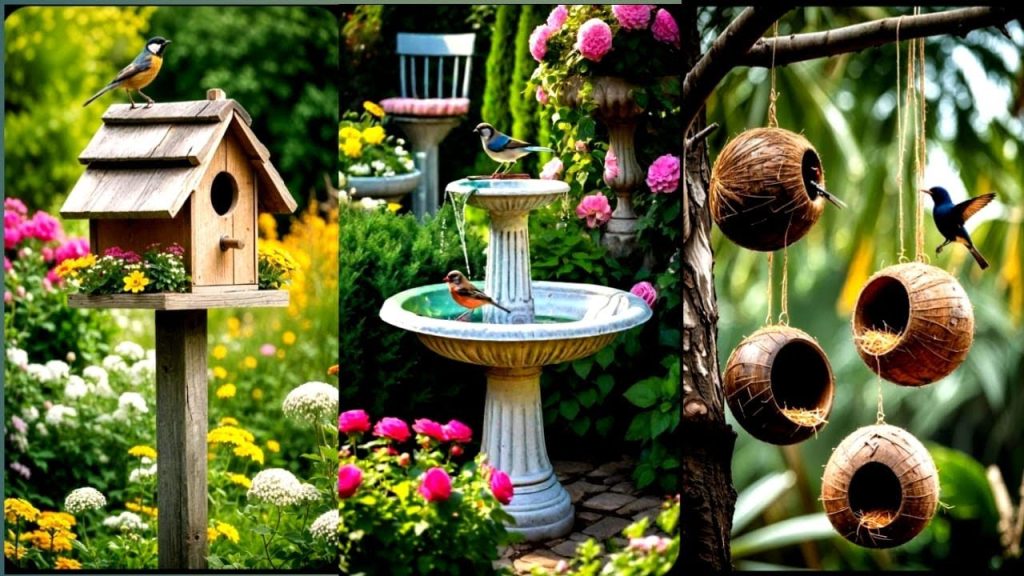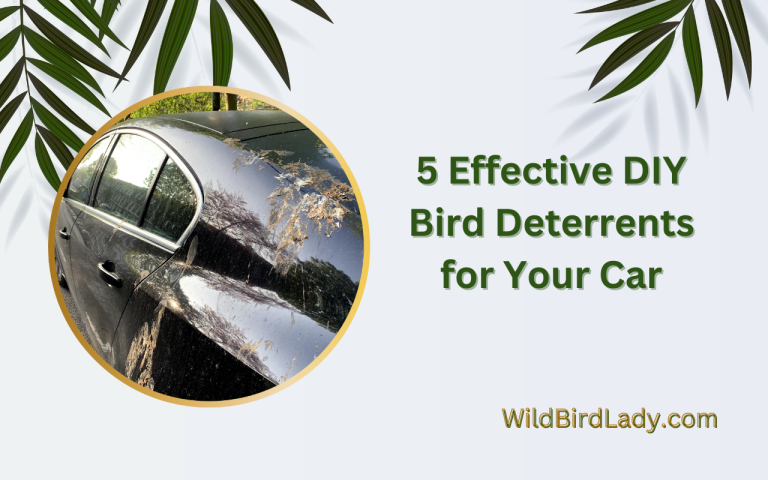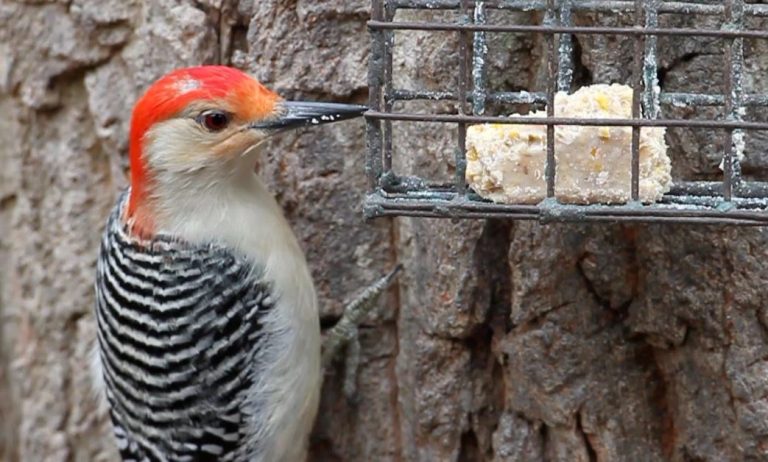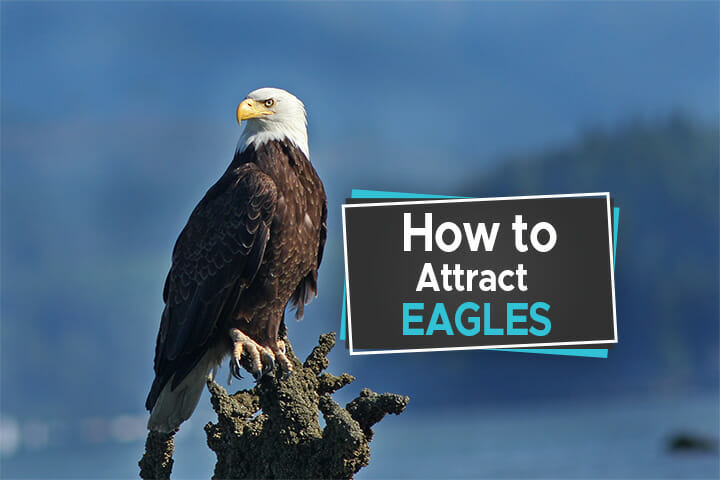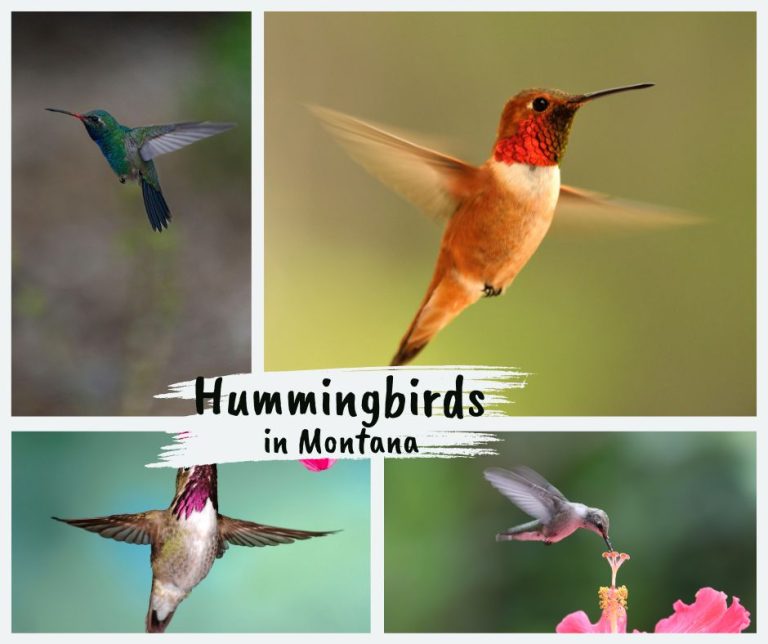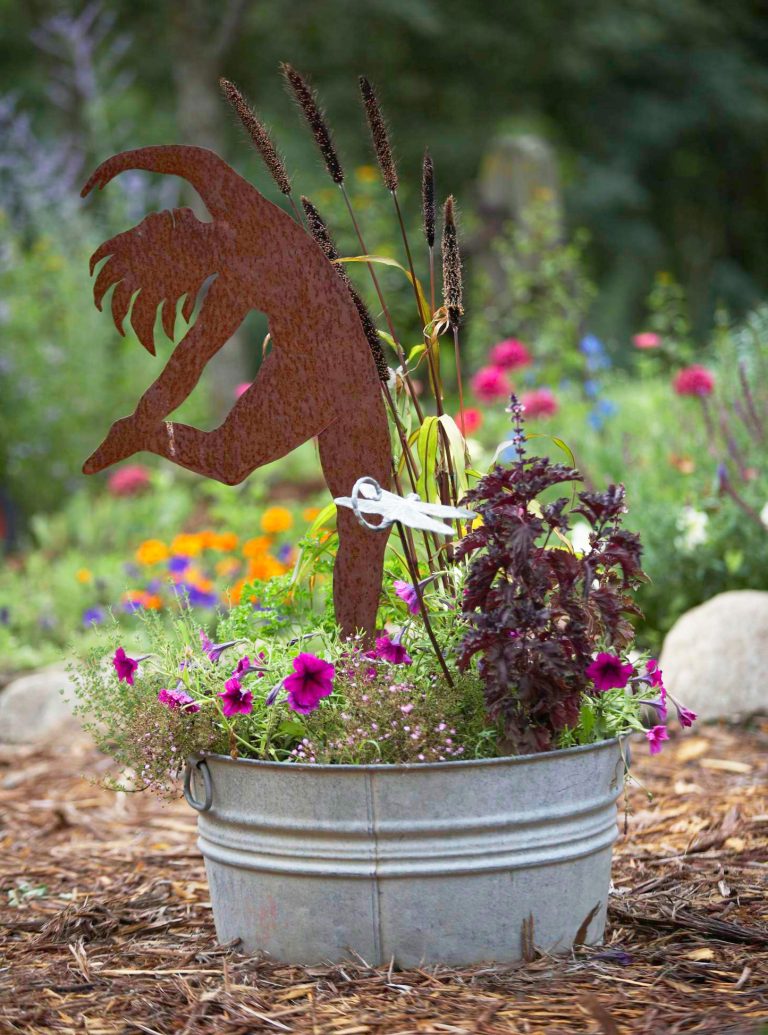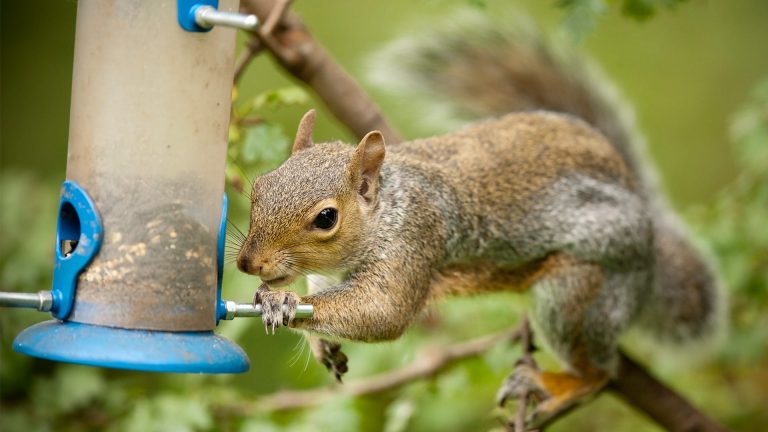Plants That Attract Hummingbirds: A Complete Guide to Creating a Hummingbird Haven
If you’ve ever been mesmerized by the darting, shimmering blur of a hummingbird in your yard, you know just how magical these tiny creatures can be. Attracting them to your garden isn’t just rewarding—it’s a simple and natural way to bring life, color, and pollination to your outdoor space. And the secret lies in selecting the right plants that attract hummingbirds.
From native perennials to vibrant flowering shrubs, certain plants are hummingbird magnets thanks to their nectar-rich blooms, vivid colors, and tubular shapes. In this comprehensive guide, we’ll explore the best plants to add to your garden, how to design a hummingbird-friendly landscape, and why your choice of flowers can make all the difference.
Why Do Hummingbirds Visit Certain Plants?
Hummingbirds are drawn to plants primarily for nectar, their main energy source. Unlike bees or butterflies, hummingbirds don’t rely heavily on scent—instead, they’re attracted to bright colors, especially red, orange, and pink. They also favor tubular-shaped flowers, which suit their long beaks and tongues.
But nectar isn’t the only reason they visit your yard. Hummingbirds also seek out shelter, perches, and nesting spots, which you can provide by creating a diverse plant habitat.
Top 25 Plants That Attract Hummingbirds
Here are some of the best flowering plants—both native and ornamental—that reliably attract hummingbirds across North America.
1. Bee Balm (Monarda didyma)
- Bloom Time: Summer
- USDA Zones: 4–9
- Why Hummingbirds Love It: Tubular red or pink flowers packed with nectar.
- Bonus: Also attracts butterflies and bees.
2. Trumpet Vine (Campsis radicans)
- Bloom Time: Summer to early fall
- USDA Zones: 4–9
- Why It Works: Bright orange-red trumpet-shaped flowers are irresistible to hummingbirds.
- Caution: Can be invasive—plant with care or use containers.
3. Cardinal Flower (Lobelia cardinalis)
- Bloom Time: Midsummer to fall
- USDA Zones: 3–9
- Highlight: This native plant offers brilliant red spikes that hummingbirds flock to.
- Moisture Lover: Ideal for rain gardens or wet areas.
4. Salvia (Salvia spp.)
- Bloom Time: Spring through fall (depending on variety)
- USDA Zones: Varies by species
- Why It’s Popular: Comes in reds, purples, and blues with high nectar content.
5. Columbine (Aquilegia canadensis)
- Bloom Time: Spring
- USDA Zones: 3–8
- Perfect For: Woodland gardens and partial shade areas.
6. Coral Honeysuckle (Lonicera sempervirens)
- Bloom Time: Spring to summer
- USDA Zones: 4–9
- Notable Trait: Non-invasive honeysuckle with tubular coral-red flowers.
7. Fuchsia (Fuchsia magellanica)
- Bloom Time: Summer to frost
- USDA Zones: 6–9 (often grown as annuals)
- Feature: Elegant hanging blooms that hummingbirds adore.
8. Zinnia (Zinnia elegans)
- Bloom Time: Summer to fall
- USDA Zones: Annual
- Why Gardeners Love It: Easy to grow, bright colors, and a favorite for pollinators.
9. Red Hot Poker (Kniphofia uvaria)
- Bloom Time: Summer
- USDA Zones: 5–9
- Look: Spiky, flame-colored blooms.
10. Butterfly Bush (Buddleia davidii)
- Bloom Time: Summer to early fall
- USDA Zones: 5–9
- Attracts More Than Hummers: Great for butterflies and bees too.
11. Agastache (Hyssop)
- Bloom Time: Summer to fall
- USDA Zones: 4–10
- Tip: Thrives in hot, dry conditions and produces aromatic leaves.
12. Penstemon (Penstemon spp.)
- Bloom Time: Spring to early summer
- USDA Zones: 3–9
- Benefit: Native varieties are especially attractive to hummingbirds.
13. Coral Bells (Heuchera sanguinea)
- Bloom Time: Late spring to early summer
- USDA Zones: 4–9
- Best Use: Shade gardens and borders.
14. Lantana (Lantana camara)
- Bloom Time: Spring to frost
- USDA Zones: 9–11 (often grown as annuals)
- Versatile: Works in containers or ground plantings.
15. Trumpet Honeysuckle
- Similar to Coral Honeysuckle, but often more fragrant and with varying colors.
16. Hibiscus (Hibiscus spp.)
- Bloom Time: Summer
- USDA Zones: Varies
- Tip: Choose native varieties like Rose Mallow for best results.
17. Firebush (Hamelia patens)
- Bloom Time: Summer to frost
- USDA Zones: 8–11
- Highlight: Thrives in southern climates with bright red-orange flowers.
18. Cuphea (Cuphea ignea)
- Common Name: Cigar plant
- Bloom Time: Summer through fall
- Zones: 9–11
- Compact: Great for containers and small spaces.
19. Scarlet Sage (Salvia coccinea)
- Bloom Time: Summer through fall
- Zones: Annual in cooler climates
- Excellent: For hummingbird migration periods.
20. Milkweed (Asclepias spp.)
- Bonus: Attracts Monarch butterflies too.
21. Lupine (Lupinus perennis)
- Native wildflower with towering flower spikes in early summer.
22. Cleome (Cleome hassleriana)
- Also known as spider flower. An annual that thrives in hot climates.
23. Impatiens (Impatiens walleriana)
- Ideal for shade, available in a range of hues.
24. Snapdragons (Antirrhinum majus)
- Bright, upright flowers with subtle scent.
25. Verbena (Verbena bonariensis)
- Long bloom time and tall, airy flowers that hummingbirds love.
Designing a Hummingbird-Friendly Garden
It’s not just about picking the right plants—it’s how you design the entire space. A well-planned garden provides not only nectar, but also shelter, perches, and nesting areas to keep hummingbirds coming back.
If you’re looking to go beyond flowers and create a complete sanctuary, be sure to check out my in-depth guide on How to Create a Bird-Friendly Backyard. It offers practical tips on adding water features, native shrubs, and other essentials that support all types of birds—including hummingbirds.
Here are a few essential tips to get started:
1. Use Layers of Plants
Combine ground covers, perennials, shrubs, and small trees to provide vertical structure. Hummingbirds love to perch between feeding, and layered planting gives them safe vantage points.
2. Plant in Clumps
Group similar flowering plants together so they’re easier to spot and provide a richer nectar source in one area.
3. Incorporate Bloom Succession
Choose species that bloom at different times of year to ensure hummingbirds always have access to nectar—from early spring to late fall.
4. Prioritize Native Plants
Native species are better adapted to your local climate and are more likely to support native hummingbirds and the insects they sometimes feed on.
5. Avoid Pesticides
Chemicals can kill beneficial insects and harm hummingbirds indirectly. Opt for organic gardening methods whenever possible.
Supplemental Tips to Attract Hummingbirds
Beyond planting, here are some bonus ways to encourage hummingbird visits:
1. Use Hummingbird Feeders
- Fill with a homemade nectar solution: 1 part sugar to 4 parts water (no dye!).
- Clean feeders at least twice a week in hot weather.
2. Provide Perches
- Hummingbirds need rest! Include small branches, wires, or trellises for perching and observing their territory.
3. Offer Water Sources
- Misting fountains, drippers, or shallow birdbaths help hummingbirds stay hydrated and bathe.
4. Create Nesting Areas
- Plant dense shrubs or evergreens where female hummingbirds can build nests away from predators.
Regional Recommendations: What Works Best in Your Zone?
Different regions of the U.S. have unique climates, and choosing the right plants that attract hummingbirds based on your local USDA hardiness zone ensures better survival, bloom success, and more frequent hummingbird visits.
Here’s a breakdown of recommended plants by zone and state to help you plan more effectively:
Zones 3–5
Typical Regions: Northern U.S., including states like Minnesota, Wisconsin, Maine, North Dakota, Montana
Best Hummingbird Plants:
- Bee Balm (Monarda didyma): Cold-hardy, vibrant red flowers; attracts both hummingbirds and butterflies.
- Lupine (Lupinus perennis): Early summer blooms; thrives in cool, well-drained soil.
- Cardinal Flower (Lobelia cardinalis): Brilliant red blooms loved by ruby-throated hummingbirds.
- Penstemon digitalis: A hardy, native perennial with tubular flowers.
Tips:
In these colder climates, focus on native wildflowers that can tolerate harsh winters and bloom during the short growing season. Mulching in late fall helps protect roots.
Zones 6–7
Typical Regions: Mid-Atlantic and Upper South, such as Pennsylvania, Kentucky, Virginia, Missouri, Kansas
Best Hummingbird Plants:
- Salvia (Salvia greggii or Salvia nemorosa): Long bloom time and nectar-rich.
- Columbine (Aquilegia canadensis): Delicate red and yellow blooms in spring.
- Coral Bells (Heuchera sanguinea): Great for shaded garden beds with subtle blooms.
- Red Hot Poker (Kniphofia uvaria): Flame-colored flower spikes that hummingbirds love.
Tips:
You’ll get a longer blooming season here, so stagger your plantings for spring-to-fall nectar availability. Combining perennials and annuals gives best results.
Zones 8–10
Typical Regions: Southern and coastal states like Texas, Florida (North & Central), Georgia, California (inland), South Carolina
Best Hummingbird Plants:
- Firebush (Hamelia patens): One of the top hummingbird plants for the South.
- Lantana (Lantana camara): Bold colors and continuous blooms.
- Cuphea (Cuphea ignea): Known as cigar plant; ideal for tropical-style gardens.
- Hibiscus (Hibiscus moscheutos or H. coccineus): Large, showy flowers—especially appealing to hummingbirds.
Tips:
In these warmer zones, choose plants that thrive in heat and humidity. Many tropical-looking varieties can overwinter and come back even stronger the next year.
Zones 10–11
Typical Regions: Tropical and subtropical areas such as South Florida, Southern California, South Texas, Hawaii
Best Hummingbird Plants:
- Tropical Salvias (e.g., Salvia guaranitica): Fast-growing and incredibly nectar-rich.
- Cigar Plant (Cuphea ignea): Tubular red-orange blooms that persist year-round in frost-free zones.
- Bougainvillea (Bougainvillea spectabilis): While not a heavy nectar source, its vivid bracts attract curious hummingbirds.
- Shrimp Plant (Justicia brandegeeana): Low-maintenance tropical plant with unique flower structures.
Tips:
Here, you can take advantage of year-round gardening. Focus on ever-blooming species and provide water sources during the dry season to keep hummingbirds around.
Bonus: High-Altitude Gardens (Colorado, Utah, Northern Arizona, New Mexico)
Even in drier or mountainous areas, hummingbirds thrive with the right plants:
- Agastache (Hyssop)
- Scarlet Gilia (Ipomopsis aggregata)
- Zauschneria (California Fuchsia)
Tip: Choose drought-tolerant natives and plant in sunny spots sheltered from wind.
How to Find Your USDA Hardiness Zone
Not sure which zone you’re in? Visit the USDA Plant Hardiness Zone Map and enter your zip code to get a precise zone recommendation for your area.
Common Mistakes to Avoid
- Using pesticides: They kill both bugs and birds.
- Planting only one flower type: Limits nectar availability and deters regular visits.
- Not providing water: Nectar isn’t the only thing hummingbirds need.
- Letting feeders get dirty: Moldy sugar water can be fatal.
Final Thoughts: Transform Your Garden into a Hummingbird Paradise
Creating a hummingbird-friendly garden is easier than you might think. By choosing the right plants that attract hummingbirds, maintaining a variety of bloom times, and avoiding chemicals, you’ll provide a reliable habitat for these high-energy pollinators.
Whether you’re just getting started or refining a long-standing garden, a few well-placed nectar-rich flowers can turn your yard into a haven that hummingbirds will visit again and again.
Bonus Tip from the Field:
I’ve often seen the best hummingbird activity early in the morning or late afternoon, especially near red bee balm or trumpet vine. For more on how to attract and observe birds in your area, visit my Birdwatching Guide where I share 13 years of field-tested birding tips.

